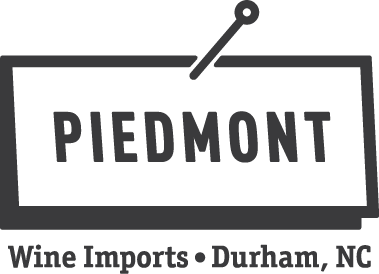Ottolenghi chicken brings comfort to isolation
Today I’m going to write a little something about chicken. Can you tell it is week three of the Covid-19 quarantine? I'm sinking back into comfort food, which for me starts with the Ottolenghi cookbook. In five years since first cracking open Ottolenghi (followed by Plenty, Plenty More, and Jerusalem) I’ve cooked Yottam Ottolenghi/Sami Tamimi’s recipes countless times, adopted techniques and been influenced by this flavor palette, to the point of not knowing precisely where Ottolenghi begins and ends anymore. It’s our new language. For long stretches of recent summers Ottolenghi became the de facto cuisine of our kitchen, elbowing around with southern Italian and Mexican influences for space on the cutting board. Our pantry has been transformed (zatar, sumac, nigella seeds, green cardamom, pomegranate molasses) and our love of vegetables rekindled. I never craved humble broccoli until I opened the pages of Ottolenghi and discovered it charred and bursting with lemon-and-garlic flavor. It’s a good thing I import olive oil: now we drizzle it by the gallon. We’ve eaten a thousand eggplants. But more on that some other time.
Ottolenghi’s influence is difficult to overstate. It has seeped into every restaurant that carefully sources produce and presents it on an equal footing to animal protein: basically every restaurant worth visiting. Sometimes the influence is subtle, unconscious. Sometimes it’s writ large in Israeli block script, with Lebanese/Turkish/Iranian ingredients that previously never traveled far from specialty groceries (orange blossom water, preserved lemons, black garlic, harissa, zhoug) and with a newfound reliance on Ottolenghi’s techniques that add texture and intensity to vegetables.
It helps that the recipes work. The road testing in Ottolenghi’s test kitchen is blatant, refreshing. We’ve all struggled with slapdash celebrity chef cookbooks that fail to deliver replicable-at-home deliciousness. Across hundreds of pages, his books present recipes that vary from good to jarringly outstanding to magical.
I re-used an aluminium delivery pan that came full of meatballs the previous day. I hate washing pans.
the finished product
But I need to feed two hungry kids, so I’m starting with the terrestrial charm of Ottolenghi’s Roast chicken with sumac, za’tar, and lemon recipe. Not difficult, other than remembering to marinade sufficiently in advance. The choice was pragmatic on another level: we had all the ingredients. It’s a pandemic out there. I’m not shopping for spices. Thankfully, years of Israeli cooking obsession left behind crates full of Yottam’s usual suspects, everything I needed for this meal. Except parsley, which I can steal from mom’s kitchen herb garden. Family can be good neighbours!
What to drink: Again, I’m leaning into my home cellar because shopping for booze today feels profligate, a waving of the finger in the face of capricious luck. I have some bottles of 2018 Visintini rosato still in the wine rack. This certified-organic/biodynamic family farm on the Slovenian border makes rosé that shares all of the positive aspects of white wine from Friuli (soil character, intensity) while upping the red fruit meter a few degrees, which is necessary to be noticed in the wonderful cacophony of flavors emanating from this serving dish. Delicacy or any little vinous nuance would be blasted from view by sumac and abundant lemon. Visintini’s ripe pink wine clamors for attention. It could be perfect with iterations of tender barbecue chicken. In this matchup it quenches thirst created by abundant onion and za-tar. Ottolenghi isn’t afraid of flavor. This recipe’s visceral appeal is rooted in overabundance. It satisfies and calms in a time of illness and unease. It’s normal in these moments to turn to chicken. Stress eating at its best, and healthiest!
Stay safe out there. We’ll talk about broccoli and cauliflower soon.
Ottolenghi is published by Ten Speed press, and is about as widely distributed as a cookbook can be. Buy it! The Roast chicken with, sumac, za’tar, and lemon recipe is on page 122.
Quarantine means sharing kitchen space with a 12-year-old’s chocolate chip cookie baking.



